Story highlights
A new online test predicts your risk of developing melanoma with good accuracy
The most users are in Australia, which has among the highest rates of melanoma worldwide
Mandy Johnson believes that she owes her life to a 90-second online test.
The test involved eight questions, and the answers predicted her likelihood of developing melanoma, a form of skin cancer.
The 50-year-old business coach and author said she was shocked to discover two weeks ago that she was in the highest risk category.
“I thought people in that high-risk range had porcelain skin. I just didn’t think that someone like me, who tans fairly well, could be in that category,” she said.
The online risk predictor asks a range of select questions, including where a person lives, their age, ancestry, their level of health insurance or coverage, what they believe their risk level to be and how many moles they have. They are then placed into one of five categories, based on their answers, from “very much below average risk” to “very much above average risk.”
“We tested the risk predictor prior to its launch, and those tests indicated that it is about 70% accurate,” said Professor David Whiteman of QIMR Berghofer Medical Research Institute in Queensland, the online risk predictor’s lead researcher. “This is much higher than other tools used to assess risk of breast and bowel cancer.”
Craig Sinclair, chairman of the Public Health Committee at Cancer Council Australia, believes it’s a “useful tool for the Australian public to help them understand the factors that contribute to skin cancer risk.”
Johnson was shocked and scared by her test result, though she admitted that she regularly basked in the sun as a teenager before moving to chilly London for a decade and adopting sun-smart practices.

After the revelation, a biopsy at a skin clinic near her home on the sunny Gold Coast of Queensland, Australia, revealed that an innocuous-looking mole was in fact a melanoma – the most dangerous form of skin cancer.
Johnson is one of 14,000 Australians who will be diagnosed with melanoma skin cancer this year. Nearly 2,000 Australians are expected to die from it each year, based on 2016 data. According to Cancer Council Australia, two out of three Australians will be diagnosed with skin cancer before the age of 70.
The mole was immediately removed and, fortunately, hadn’t spread to other parts of her body.
“I had been haphazard in getting skin checks, and the doctor said that had I waited another six or nine months, the melanoma could have become untreatable,” Johnson said. “I feel like the luckiest woman alive.”
Biggest risk in the world
Melanoma remains a significant problem in the Antipodes, in large part due to high levels of UV exposure caused by the region’s proximity to the ozone hole over the Antarctic.
Australia and New Zealand have the highest rates of skin cancer in the world, according to the largest international melanoma foundation, the Texas-based AIM at Melanoma. Both countries have more than double the incidence rates found in North America.
Annual rates of melanoma in women in Australia are 10 times higher than those of women in Europe. For men, they are 20 times higher.
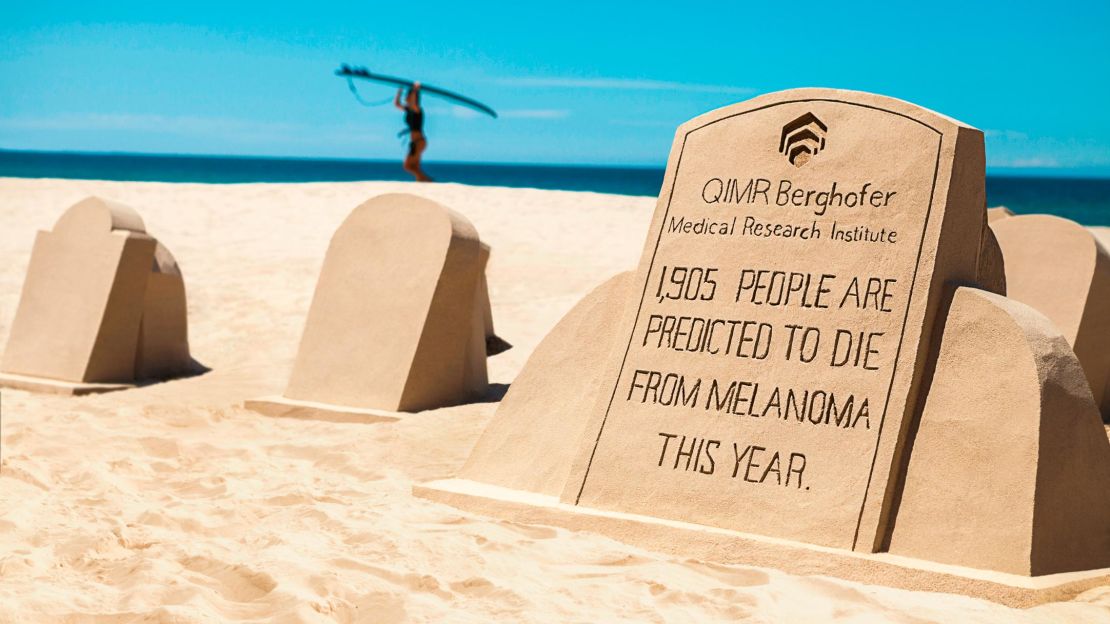
Skin cancer is so common that it has become known as Australia’s “national cancer.”
There are multiple forms of skin cancer, named according to the skin cell where the cancer develops: basal cell carcinoma, squamous cell carcinoma (“carcinoma” is another word for cancer) and melanoma. Basal cell and squamous cell carcinomas are often grouped together and called “common” skin cancers, and they are less dangerous than melanomas.
According to Cancer Council Australia, two out of three Australians will be diagnosed with skin cancer before the age of 70. This is despite concerted efforts by the Australian government and community-based organizations to change attitudes to the desirability of being a “bronzed Aussie.”
Efforts include the Slip, Slop, Slap campaign, which urges people to “slip on a shirt, slop on sunscreen and slap on a hat.” It was launched by the then Anti-Cancer Council of Victoria in 1981, when evidence of the link between UV radiation and skin cancer was mounting, and has been one of Australia’s most successful community health campaigns.
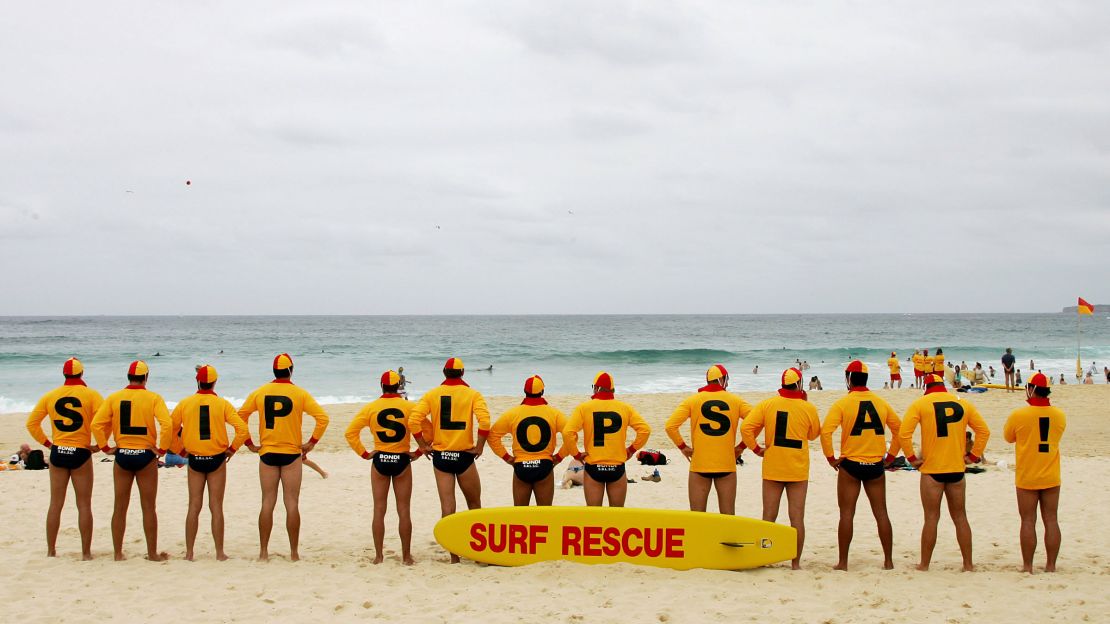
The six populations around the world most susceptible to melanoma are Caucasian members of the US population and the populations of the United Kingdom, Sweden, Norway, Australia and New Zealand, according to a 2016 study.
Between 1982 and 2011, melanoma rates in all those populations but Australia and New Zealand increased more than 3% annually, and they are projected to keep rising until at least 2022.
Melanoma incidence in Australia has in fact been declining since 2005 (by 0.7% per year), while rates in New Zealand have been increasing – though they are projected to decline soon.
However, the study found that rates of melanoma are still increasing in people over the age of 50. And despite the fall in average melanoma rates per 100,000 people, the overall number of invasive melanomas diagnosed in Australia is still rising – with very high per capita rates.
The numbers of people dying from melanoma globally remain highest in Australia and New Zealand.
Experts suggest this could be due to Australia’s aging population and overall population growth.
Striking the young
Grim statistics also point to a rising incidence of melanoma in young people.
A recent Australian Institute of Health and Welfare report found that two or three 15- to 24-year-olds are diagnosed with melanoma in Australia every day.
The report showed a rise in cases among young people ages 15 to 24, from 283 new cases per million in 1985-89 to 308 new cases per million in 2010-14.
Kyle Howle of Penrith in New South Wales is testament to the fact that melanoma can strike at any age. The 32-year-old is genetically predisposed to it and had his first melanoma removed at the age of 2.
When he was 25, a stage 2 melanoma was discovered, and as it had probably spread, a number of lymph nodes in his neck were removed.
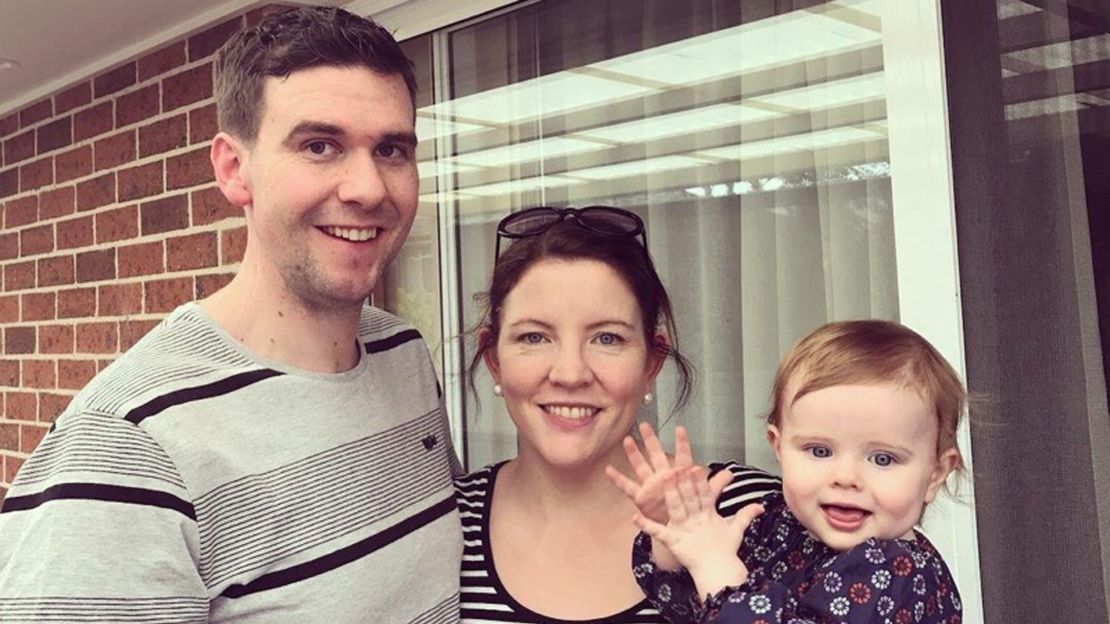
Two years later, a lump on his neck turned out to be another melanoma. Howle underwent surgery and took part in a medical trial, but in 2016, the cancer returned – this time in his liver. “It was absolutely terrifying,” he said. With another surgery, the cancer was removed, but Howle now goes for checks every three months.
“The lack of awareness I see every day about the dangers of sunburn is horrendous. It’s terrible to see young children in particular with no hats or shirts on,” Howle said.
“I did get sunburnt as a kid; it’s sort of unavoidable in this ‘sunburnt country’ of ours, as it’s called. Nowadays, I go above and beyond to keep my own kids protected.”
Calculating your risk
The online test is based on data collected from one of the largest skin cancer studies to date, which studied responses from 45,000 Australians.
Participants’ answers are linked with Australian Medicare records to produce comprehensive information about people’s medical history and skin cancer risk.
“Similar tools have been developed for heart diseases and related conditions and have proven to be highly effective in helping doctors and patients to manage the risks of disease,” Whiteman said when the survey was launched.
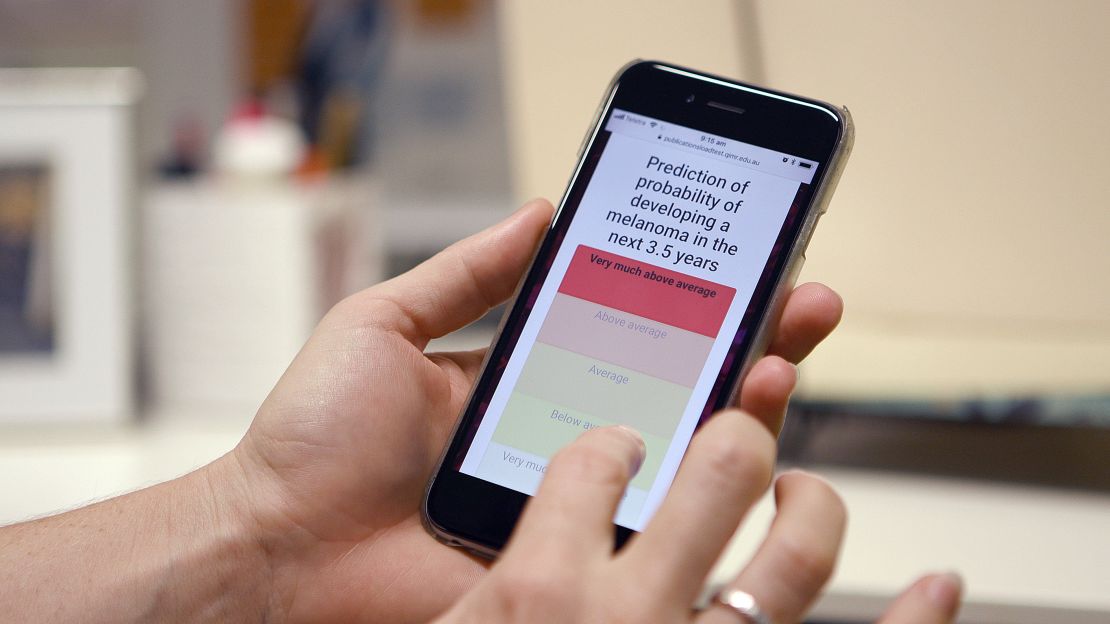
The study itself aims to examine long-term information about a range of factors that may prove to influence skin cancer risk and who is at greatest risk.
Within two weeks of the online risk predictor’s launch in March, more than 165,000 people had used it worldwide. Of those, 76% were Australian, while the remainder were from Canada, New Zealand, the United States, the UK, Italy and Spain.
Seventeen percent of respondents were in the “very much above average” risk category, while 27% were in the “very much below average” category.
The test targets people between 40 and 69 years old because that’s where the highest incidence rates are, Whiteman explained.
“By analyzing the data comparing self-assessed risk versus risk as predicted by the tool, we found that most people’s self-assessment differed from the predicted risk,” he said.
Most people misjudge how likely they are to develop a melanoma, he added. This can be fatal, because prevention through regular skin checks and avoiding harmful sun exposure is the best tool available.
“It’s virtually impossible to do a self-assessment of risk, because melanoma has a number of contributory factors. That’s why having a tool that integrates all such factors is important,” Whiteman said.
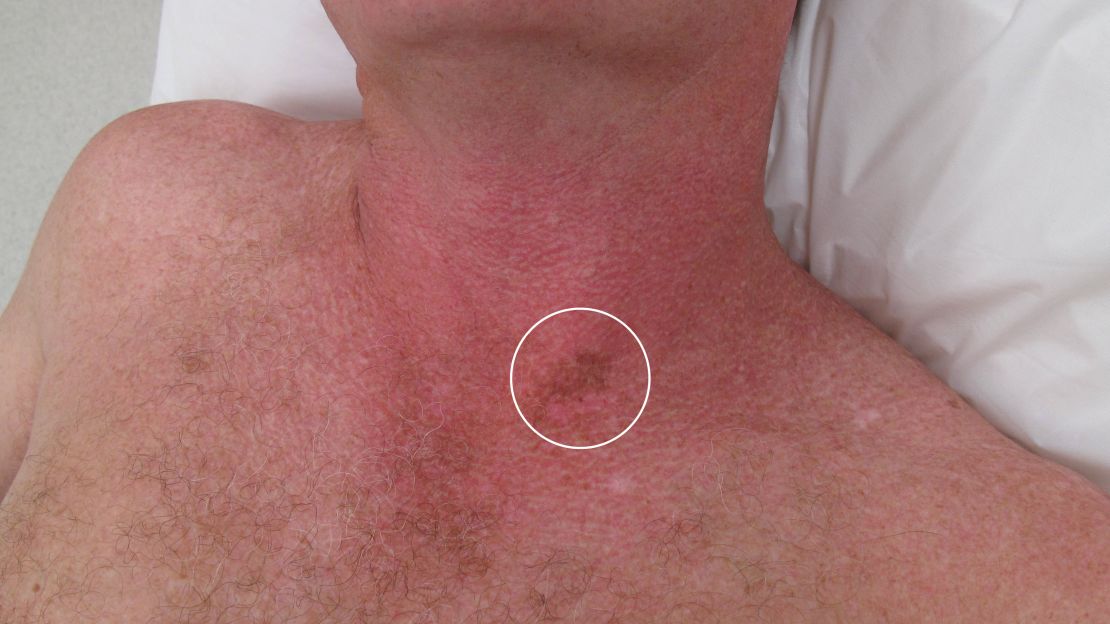
Detecting a melanoma early means it can be caught before it spreads to the lower layers of the skin and the rest of the body.
Sinclair welcomed the online test but added, “it’s important to remember that this is just a prediction tool. We wouldn’t want Australians to become alarmed or complacent based on their individual results.”
A risky environment
Whiteman said that a number of climatic factors also contribute to Australia’s high rates of melanoma, such as clear summer skies and comparatively little air pollution.
“Having lots of Europeans displaced to a low-latitude, sun-drenched continent is a recipe for skin cancer disaster,” he said.
To make things worse, some Australians are determined to ignore messages to stay safe altogether.
Australian states and territories began banning commercial solariums from 2014, but there have been reports of an illegal solarium industry springing up, with online classifieds used to advertise them. A solarium is a room or bed fitted with sunlamps or sunbeds that can be used to develop an artificial tan. The UV radiation they emit increases the risk of developing skin cancer.
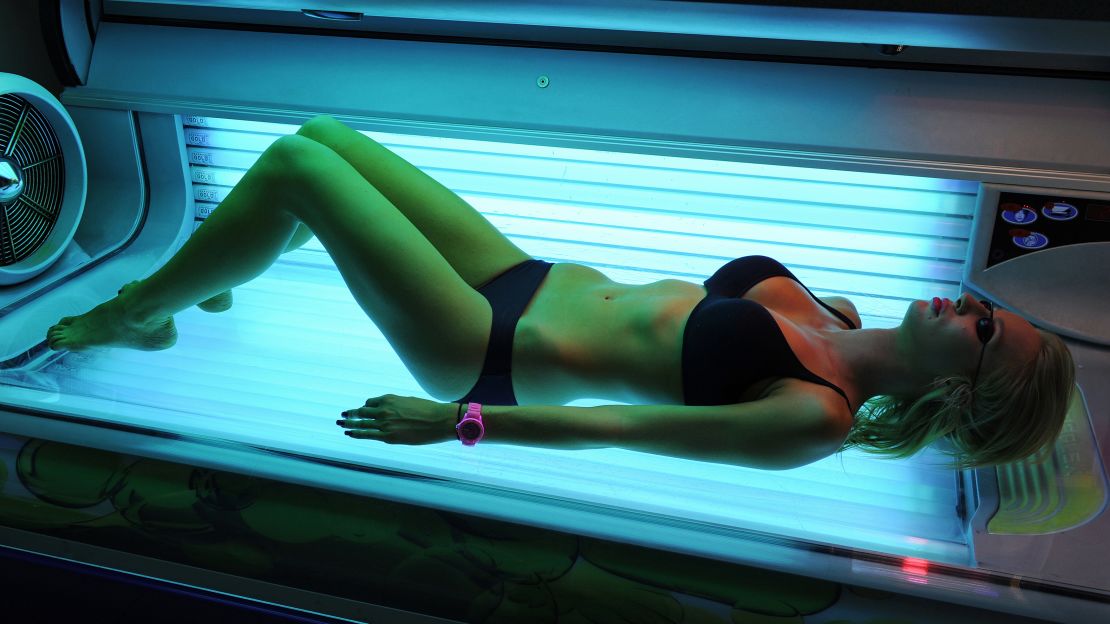
Research from Cancer Council Australia’s 2016-17 National Sun Protection Survey shows that 11% of adults have used a solarium, and 1% of those surveyed used a solarium in the previous 12 months, Sinclair said.
“Although it’s rare, the illegal commercialization of private solariums is a serious concern, and state and territory governments have put controls in place to limit this practice,” he added.
But 2016 research found that the number of illegal solariums has declined over time, despite an increase in demand for them, and operators have faced prosecution.
Follow CNN Health on Facebook and Twitter
Though New Zealand has less of a beach culture due to its cooler climate, Whiteman said, awareness about the dangers of sun exposure is lacking.
In 2016, New Zealand overtook Australia as having the world’s highest rates of melanoma, with 50 cases per 100,000 people, compared with Australia’s 48. The findings were published in the Journal of Investigative Dermatology
“I predict that [New Zealand’s] rates are going to keep rising until they really get their house in order,” Whiteman said. “They’re back where Australia was 20 years ago.”







